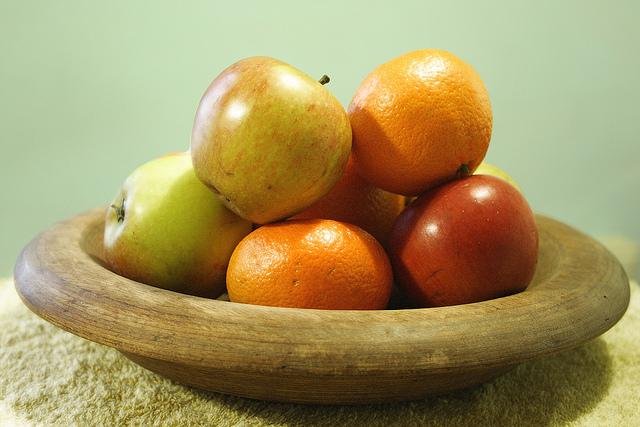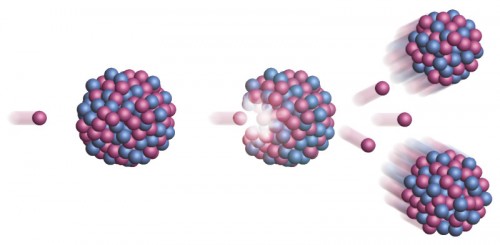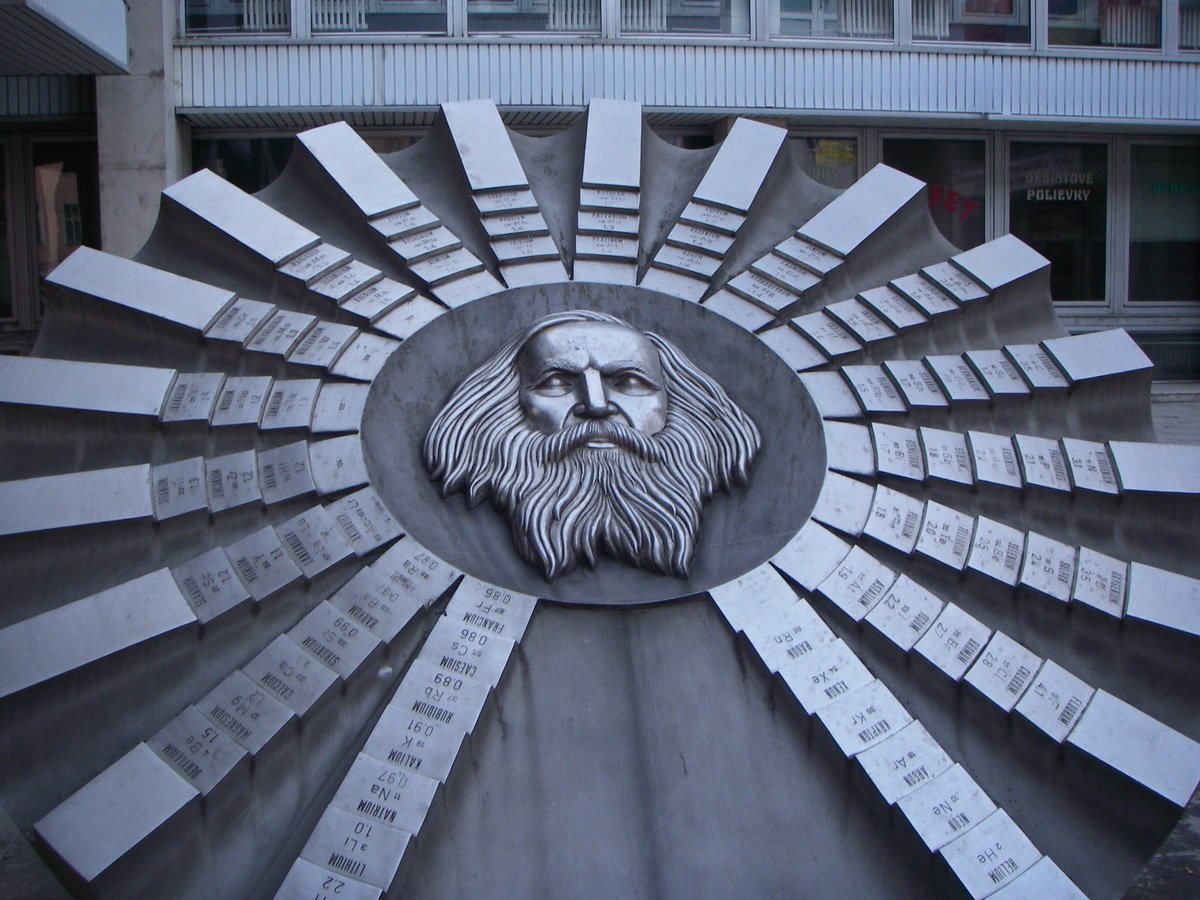Atoms & the Periodic Table
Unit 2
Atomic
Make-Up


Three parts to an atom


The nucleus is where to find almost all of the mass of an atom
Protons and neutrons sit together like apples and oranges in a bowl to form the nucleus
Electrons fly around the nucleus in orbit, like fruit flies hovering around rotting fruit







Proton
- Protons are positively charged
- The number of protons in an atom tells you the atomic number of the atom
- An element (like Carbon) can never change the number of protons in it
Because protons are all positively charged, they don't want to be near each other! In fact, if there aren't enough neutrons in a nucleus, the atom decays!

Huh....!
Neutron
- Neutrons have no charge (not + or - )
- You can find the number of neutrons in an element by subtracting the atomic number from the atomic mass
- If we change the number of neutrons in an atom, we say that new atom is an isotope (more on that later!).
A curious force that neutrons use to hold the nucleus together is called the strong force. It is the energy from this strong force that is released in nuclear weapons.

Huh....!
Electron
- Electrons are negatively charged
- The number of electrons in an atom is the same as the number of protons, UNLESS it's an ion (more on ions later)
- Electrons only live in certain orbitals
- Electrons in the outer orbitals determine what the atom will bond with, react with, and behave (they're very important!)
Metals are very good at sharing! They readily lose their electrons, and electrons end up flowing from one atom to the next, to the next, to the next. We call this, electricity!

Neat
Atomic Number
Each element has a whole number, 1 through 118, that tells you exactly how many protons the element has

Reading
the
Table
History of
the
Table


Periocic
Trends
Atomic Number
Each element has a whole number, 1 through 118, that tells you exactly how many protons the element has

Lorem ipsum dolor sit amet, consectetur adipiscing elit. Morbi nec metus justo. Aliquam erat volutpat.
Title Text

Find the protons using the atomic number from the periodic table
Round the average mass to find the mass of this atom
Find out how many neutrons by subtracting the mass from the number of protons.
The first (inner-most) energy level can only hold 2 electrons
Find the protons using the atomic number from the periodic table

Practice
Makes
Perfect

Atoms & the Periodic Table
By Luke Gliddon
Atoms & the Periodic Table
- 1,677


